A cozy and comfortable space where family and friends gather. A dining room is one of a home's most popular spaces for its atmosphere and moments.
In the past, we reserve the dining room only for special occasions, such as Christmas, birthdays, or family gatherings. Nowadays, this is a more casual environment, integrated with the rest of the house, which is why open-space areas have become increasingly popular in architecture and interior design projects. The dining room is an indispensable division in these projects for all those who like to receive friends and family.
In this context, the dining table occupies a significant space, ensuring the functionality and beauty of the environment. More than just a table, it is a space for socializing, conversations, gastronomic experiences, for sharing opinions. It is an object that represents moments of meeting and fraternization. The ideal dining table can be the missing detail to welcome friends and family in the way you always dreamed.
Did you know we have an inspirational book that provides images of dining rooms where you can inspire? You will spend pleasant moments with your friends or family in a space that promises to combine elegance and sophistication.
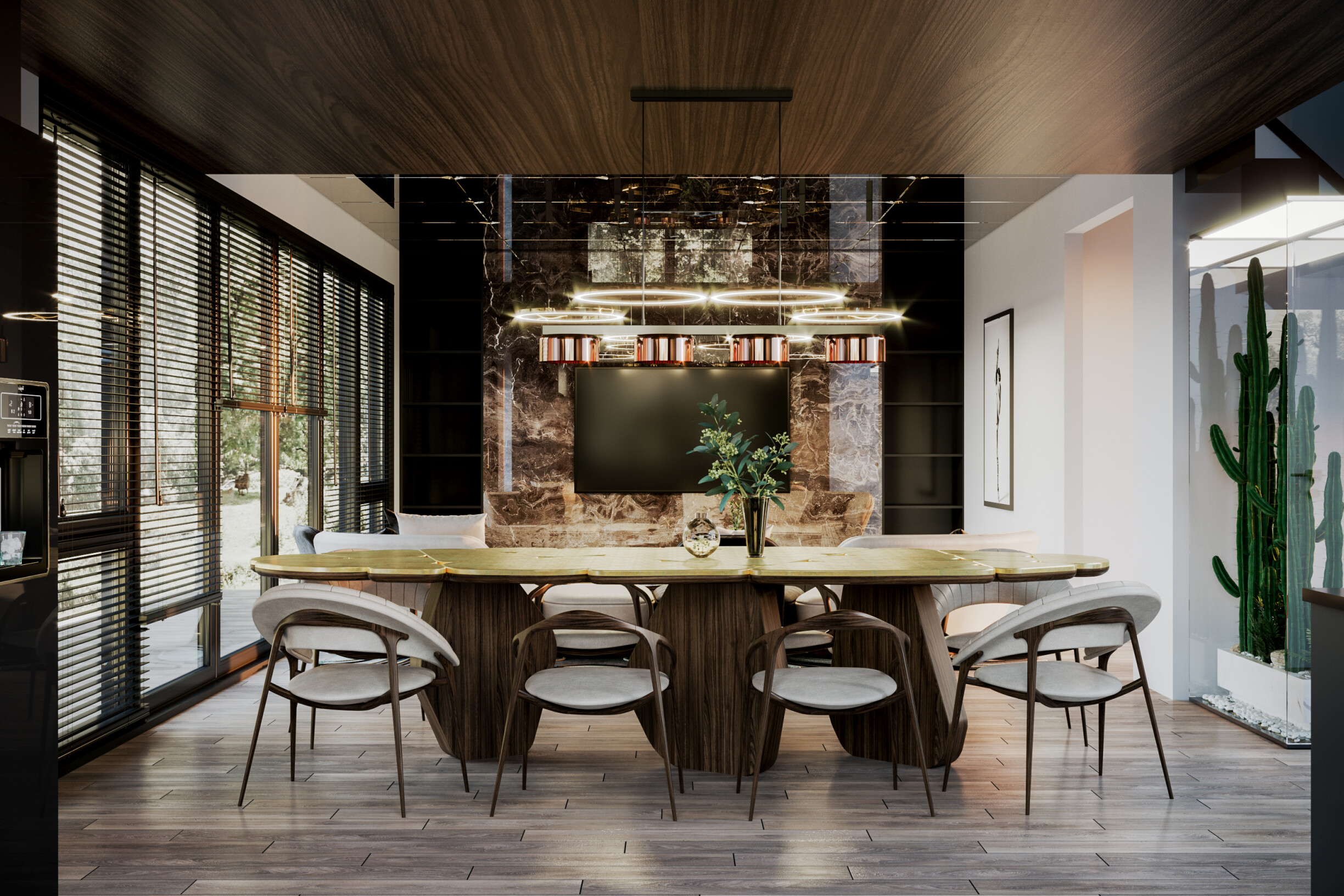
A dining room is increasingly multifaceted, and the center of attention is the dining table. Ronald Reagan, the 40th President of the United States, clearly knew the importance of a dining table. Today it is a place for conversation, work, meals, and even meetings.
"All great change in America begins at a dining table,"
Ronald Reagan
The dining table creates a space for relationships. This is the area where family members share their experiences. Therefore, it is a space for building stronger bonds with family and friends. Consequently, it represents extraordinary importance in social relationships.
Also, this is an object that allows:
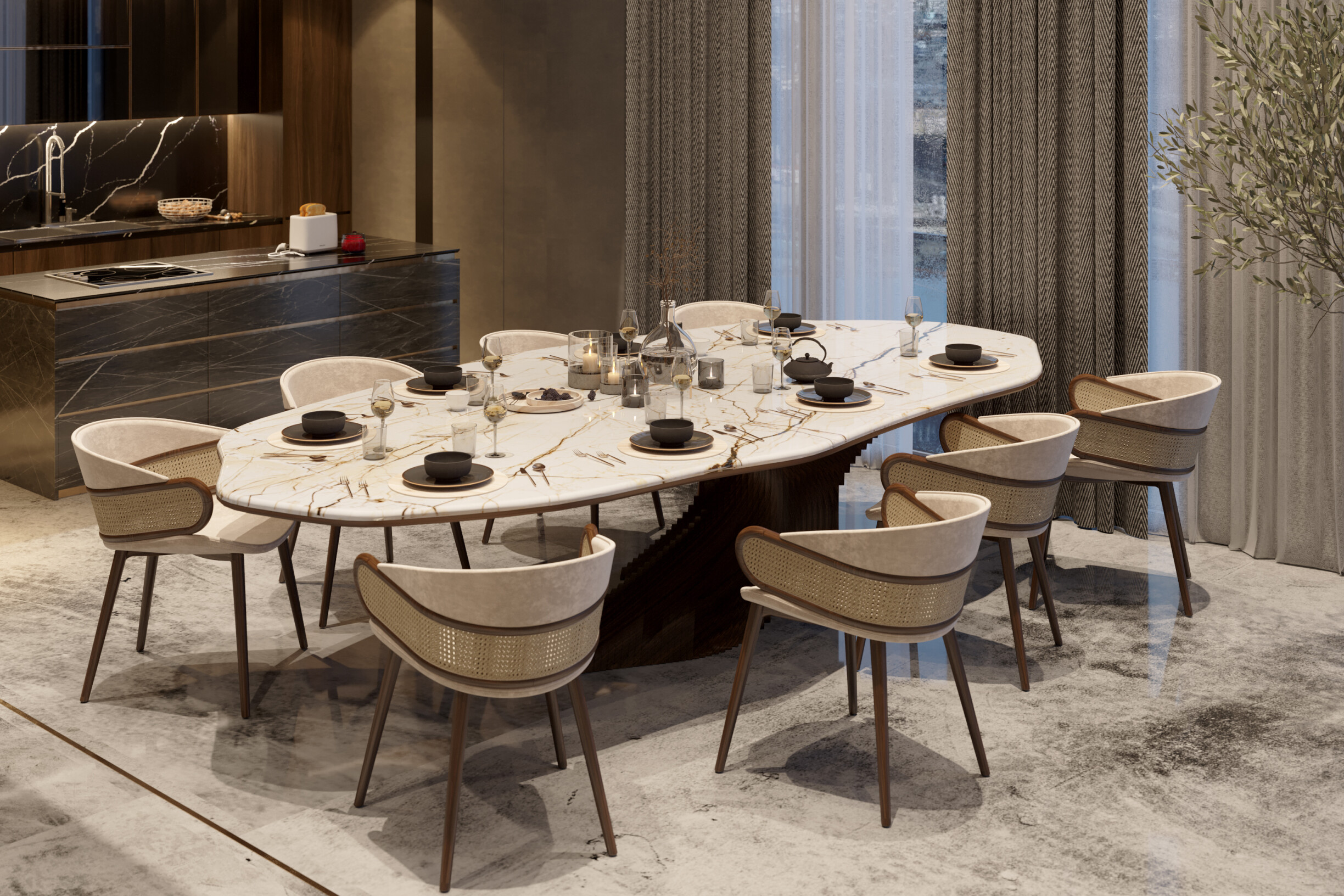
Although it is difficult to imagine a time when the dining table was not the highlight of a dining room, the truth is that there was a time. In fact, for part of history, people dined on small pieces of furniture or stone platforms instead of long tables as we know them today.
Derived from the Latin Tabula or board, the table has been the center of meals since the third millennium BC. In Ancient Egypt, tables were usually low, round, and made of wood or stone. In Mesopotamia, dinners were served on carved wooden tables or with inlaid metal or ivory, and Arab customs revealed a formal table service in which dinners were to be served at the table.
For centuries, the arrangement of guests at the dinner table represented social hierarchy. Imposing and lengthy, in the Middle Ages, dining tables had to accommodate a castle's inhabitants. As dinners were usually held in large halls, the royal family sat at the head table on a raised dais, and the rest of the castle was seated in the order of their social rank. Eventually, the nobility prioritized family intimacy, and the size of the dining table dwindled.
Today we find tables of different sizes, materials, colors, and models. The dining table is much more than a typical home item from the Middle East to Europe, through the USA or India. It carries a cultural meaning and importance related to the concept of family.
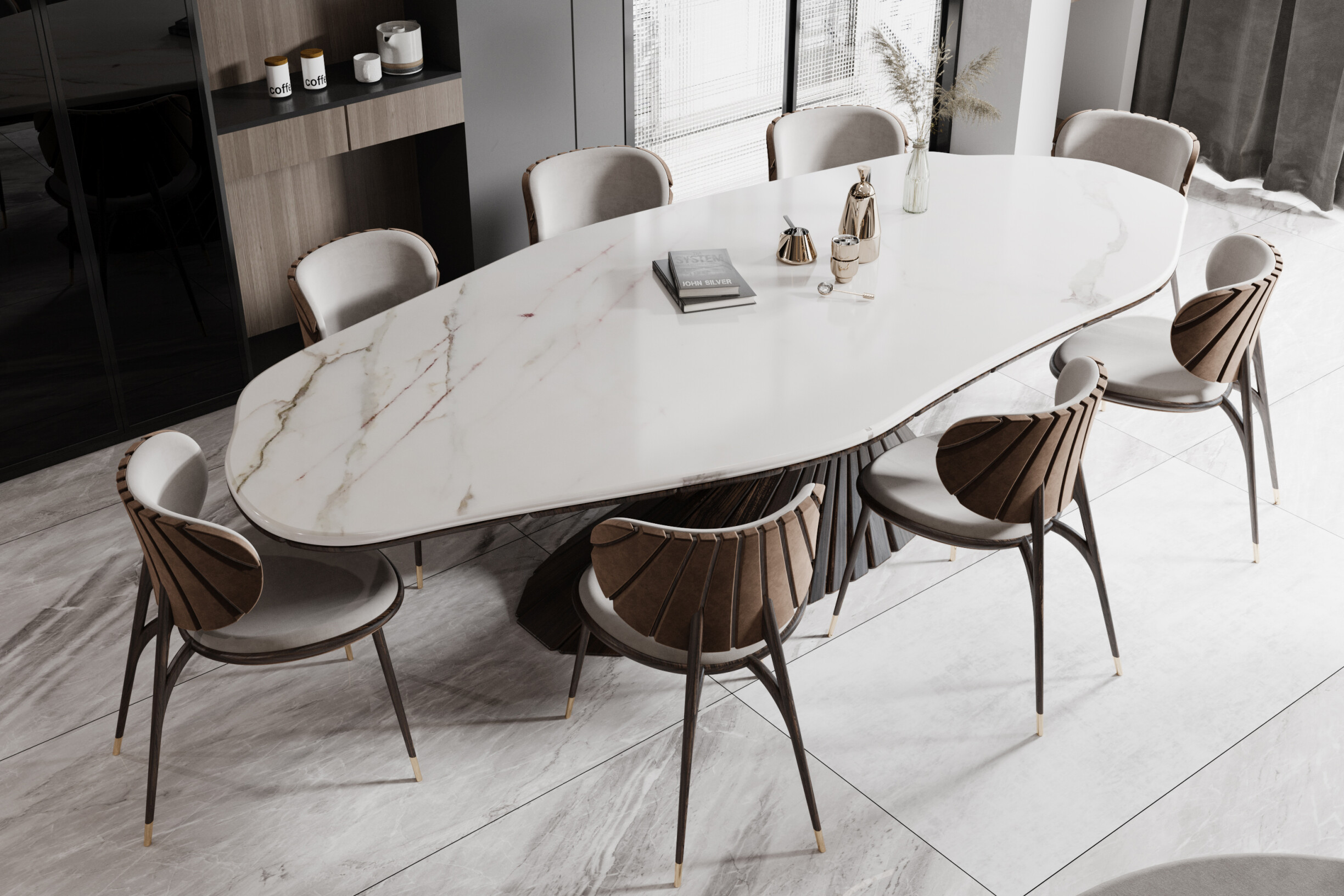
You certainly want to combine elegance, beauty, and comfort in a space where we receive friends and family. These are elements that a dining table can provide, transforming the meeting time, whether for dinner or not, into a more pleasant time. But for that, there are several aspects that you need to take into account when evaluating a dining table. That's why we've put together some tips that will make this process easier:

How much space do you have to place the dining table? More than choosing a beautiful table, it must be ergonomic and suitable for the room in which it will be placed. For example, will it be in the corner of the room, in the center, or close to the kitchen? It is based on the available space, the potential location of the table, and the number of people you want to seat that you will move on to the next factor.
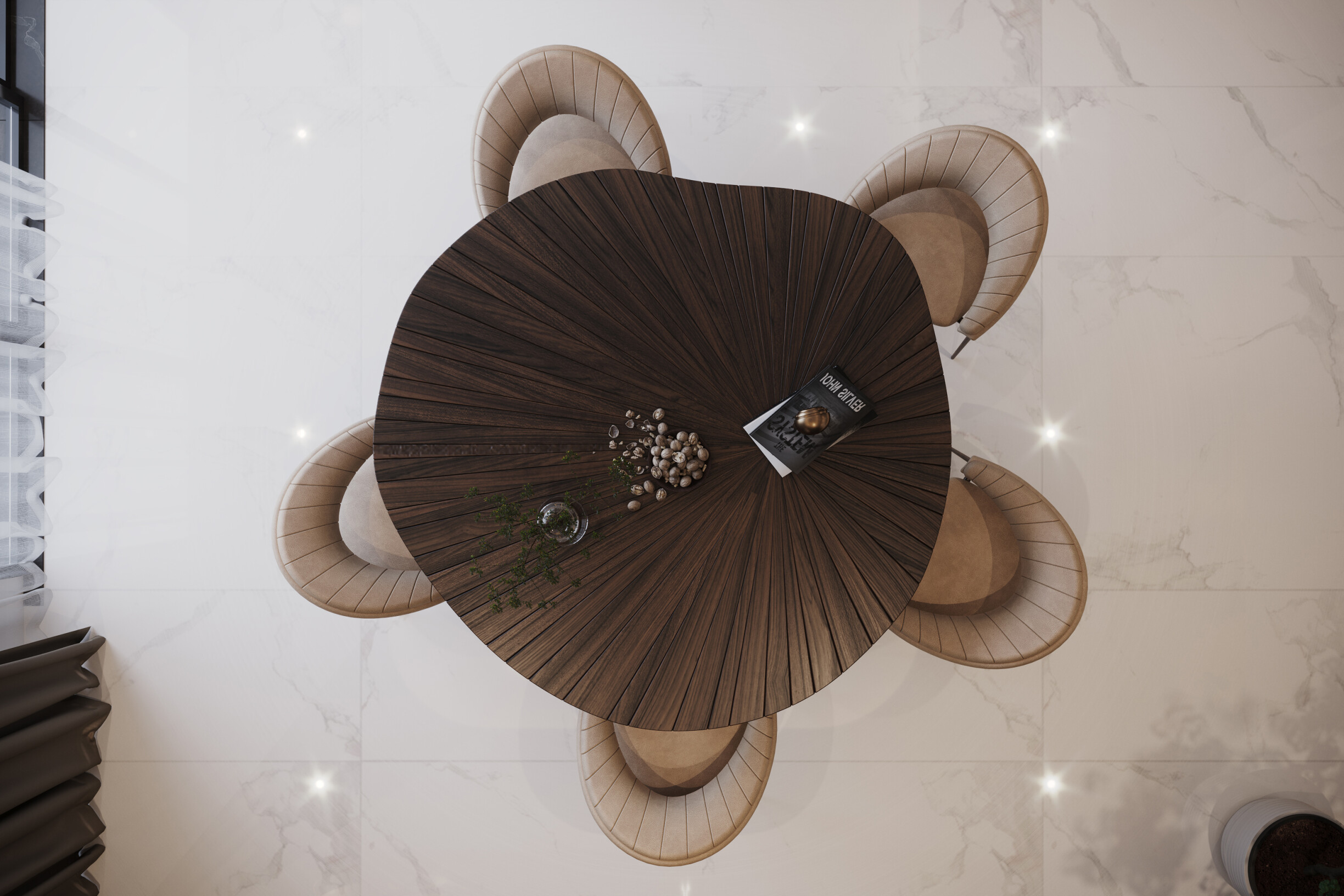
Here, the options are many, and the choice should fall on the one that suits your available space. For example, choose a square, round, rectangular, or oval table. In addition to space and decoration style, you should select a format you prefer.
The most common remains the rectangular format, as it is the one that most easily accommodates more than four people. Still, if your dining room is small or square, you can opt for a round table that creates a more cozy and intimate atmosphere. But remember a detail: if you choose a huge round table, you put a lot of distance between people, making it challenging to serve the meal.
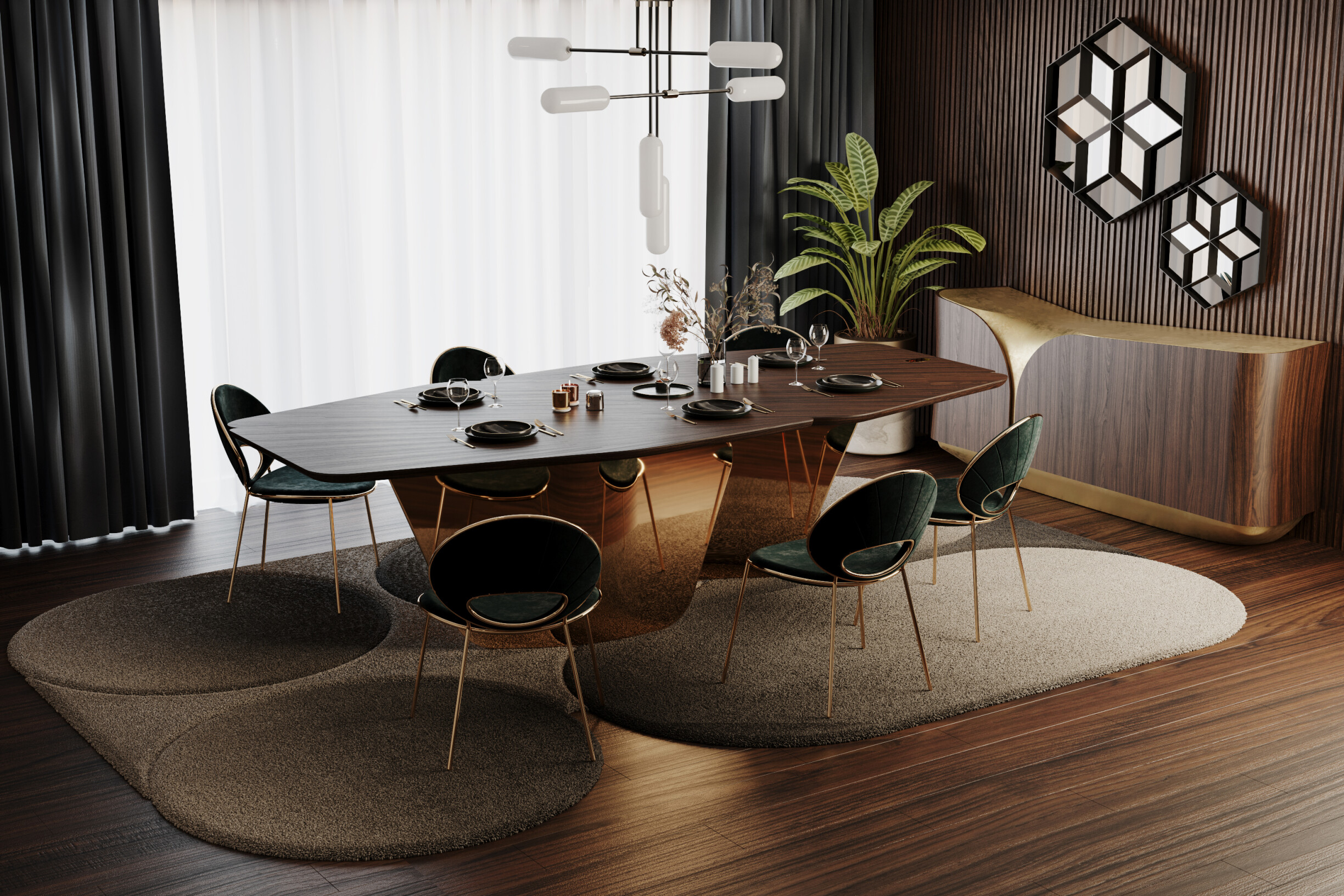
Are you going to use the table only for meals or also as a place of work? The table size must be adapted to your specific needs, ensuring space for movement. If you don't meet this requirement, the dining table will eventually fall into disuse or be easily replaced.
Classic dining table sizes are 4, 6, 8, and 10 seats. It would be best to opt for a four-person table in smaller spaces, especially corners. Always remember that the bigger the table, the bigger the space it will occupy. For example, a 100 to 120-cm round table can accommodate 4 to 6 people. The height of the dining table should vary between 72 and 75 cm, ensuring the comfort of people of medium size.
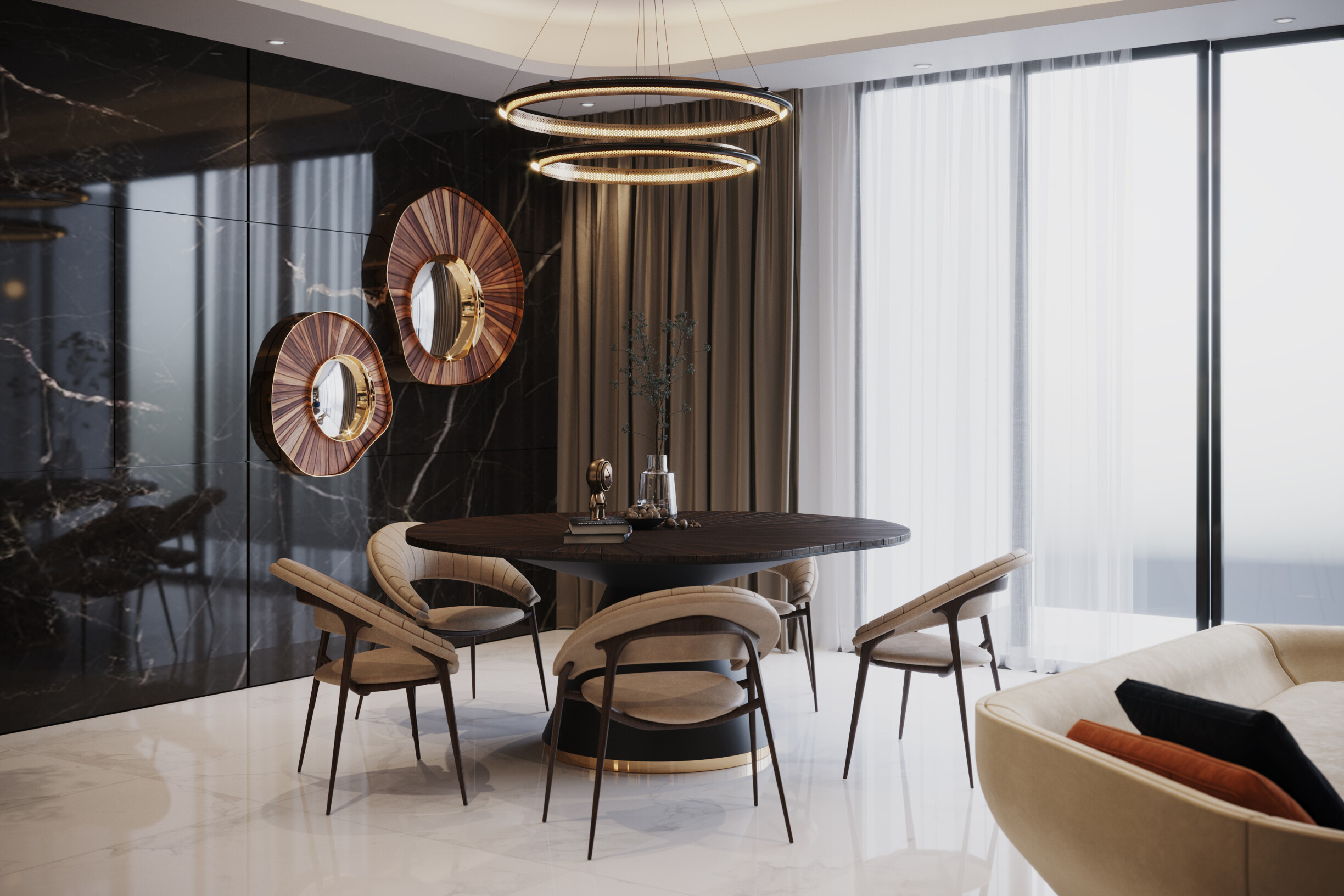
Choose the materials you like the most, then reduce your list as they become the most suitable for your lifestyle and taste. From wood to glass, including marble or ceramic, the choice should depend on your preference, but also the decorative style of the room. Finally, remember the functionality of the product.
Wood, for example, produces a feeling of warmth and personality and has the advantage of its resistance. It is the perfect type of finish for traditional or rustic decorative styles. Are you looking for a suggestion? For example, the dining table Darvaza from ALMA de LUCE perfectly fits into a contemporary dining room or sophisticated kitchen, thanks to exclusive woodwork that has created an intricate solid walnut top.
A glass table is perfect if you have a small dining room. It is also an asset because you can combine it with any base, such as the dining table Naruto from ALMA de LUCE. Whose base in walnut wood with matt stands out in match with the gray glass top. In addition, the glass will allow you not to worry about damage such as heat, water, or stains, doing cleaning and sanitizing easier.
Finally, marble and ceramic are highly durable and work well in contemporary and traditional environments.
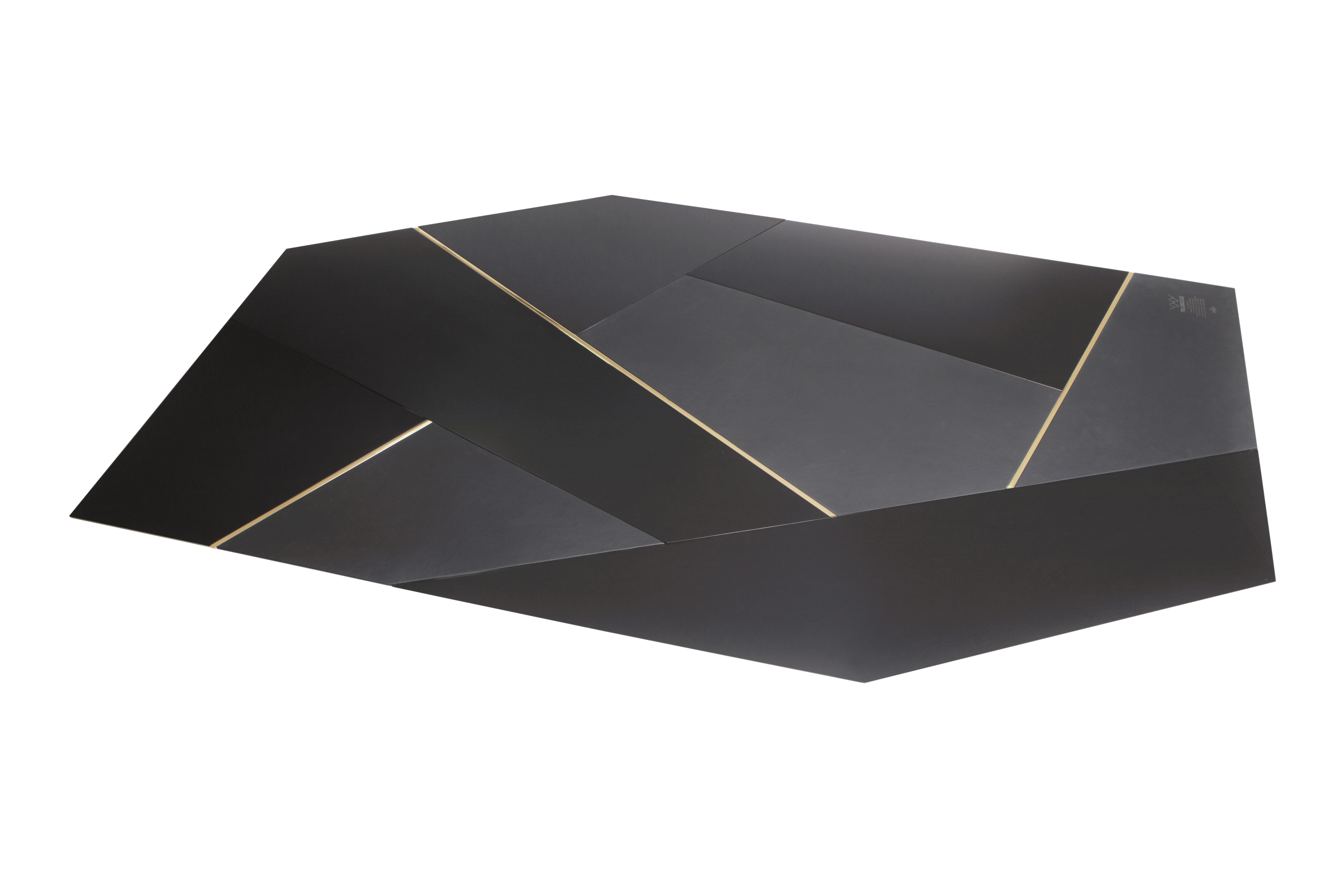
The dining table should match the decor of the rest of the room. If the scenery is more classic, opt for rectangular models with traditional straight lines, but linear and geometric shapes and glass are welcome in minimalist styles. With its geometric design, the dining table Polonceau from ALMA DE LUCE offers various combinations and adaptations to accompany the most refined and luxurious interiors.
Get inspired to create a perfect dining room with this blog article!
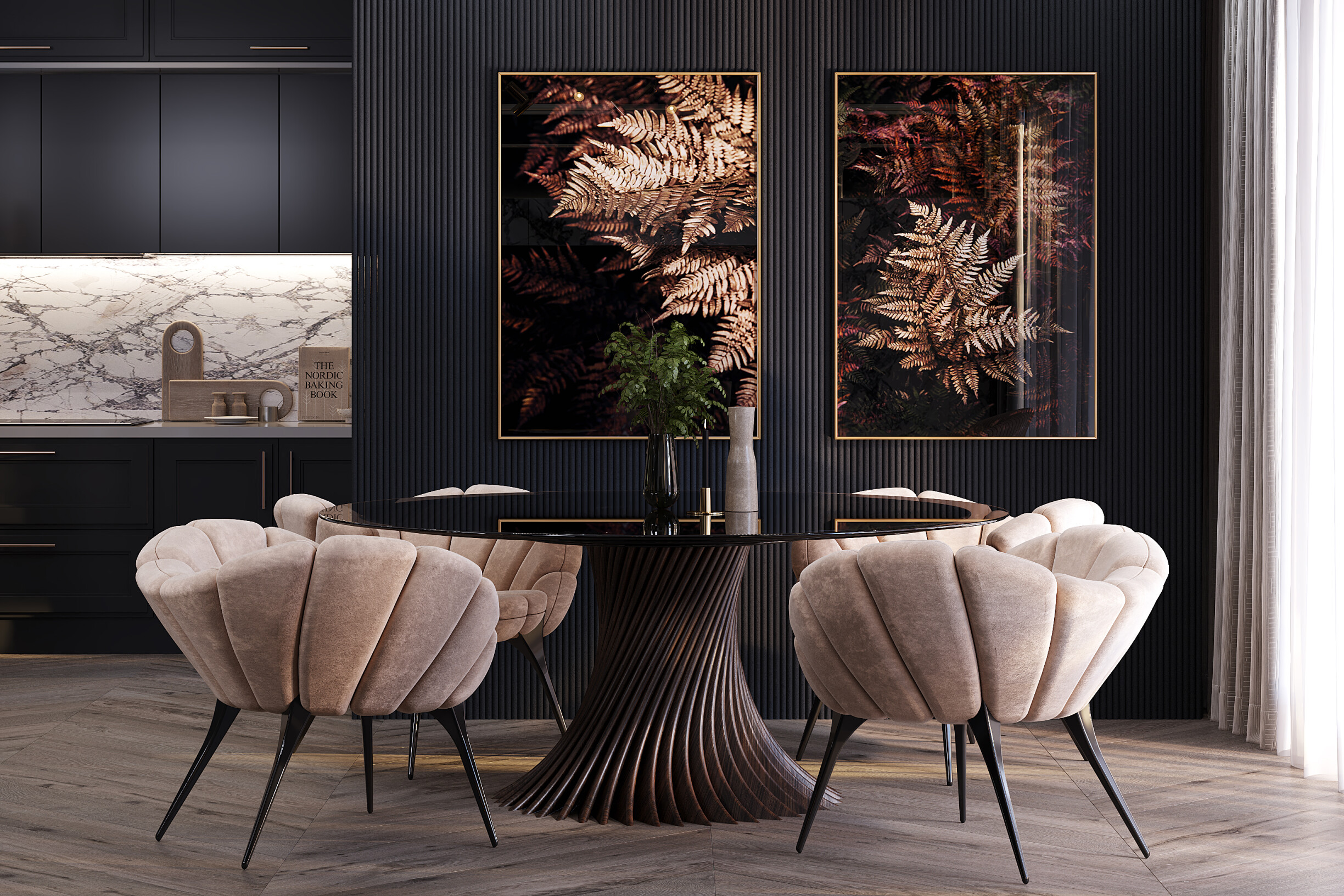
Choose the perfect dining table following our tips and create an elegant and sophisticated environment where you can receive friends and family for unique moments.
To do this, you can start by creating a simple mood board because, with it, you can translate your personality and facilitate the creation of the concepts you want for the space.
Want to know how to make a mood board? Once you have your mood board in mind, it is much easier to visualize the space. Also, if you need inspiration for a dining room or a dining table, see our Pinterest with inspirations that best suit your needs and tastes. Once you're inspired, want some help getting started? Contact us here.😉